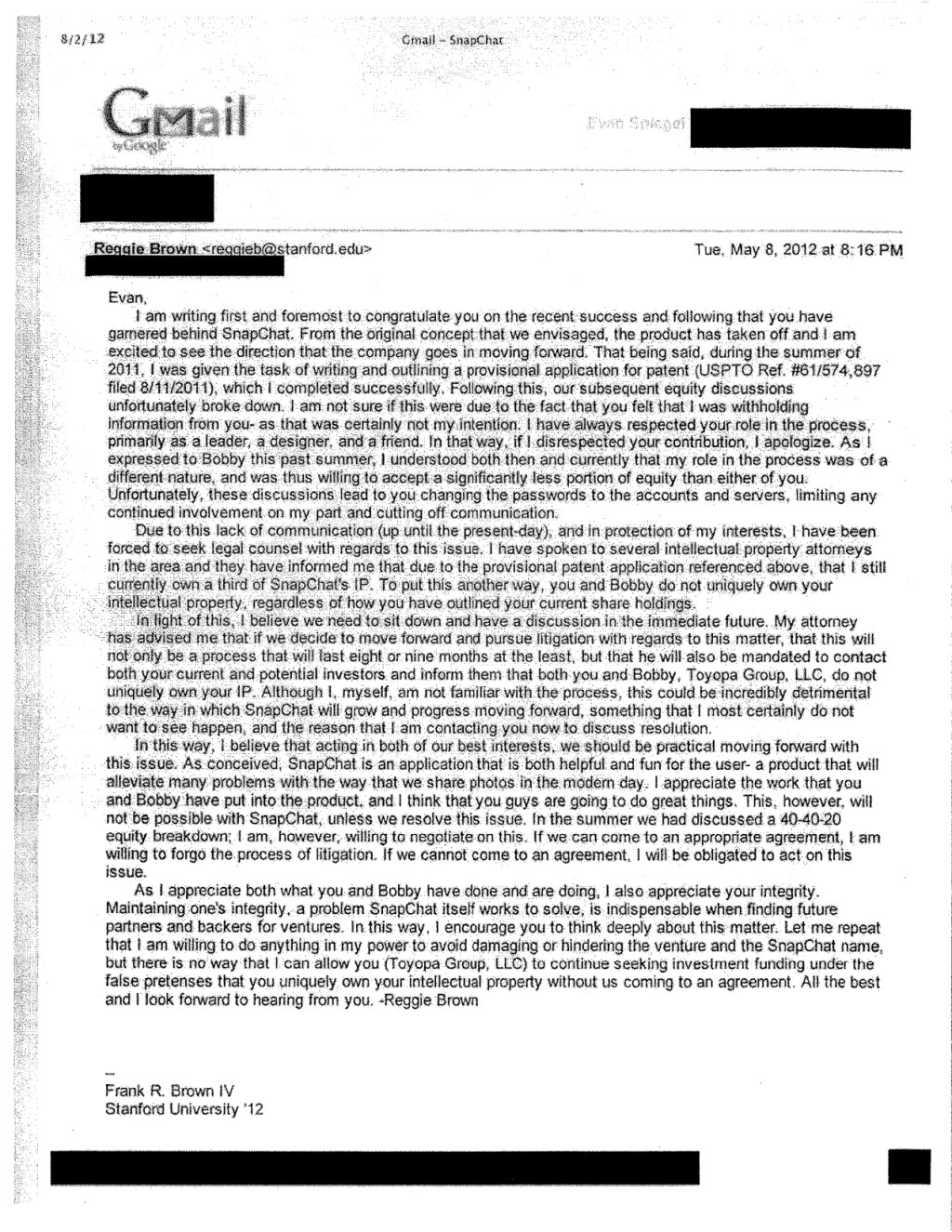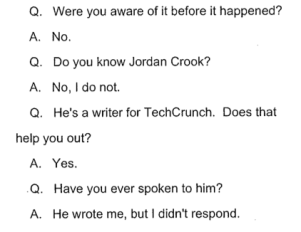
This is a summary of the six key points from a talk I made in Shanghai (with Tencent) on behalf of Econsultancy on strategic management issues in digital transformation.
In addition, I've given my first reflections about the Chinese digital market.
Customer centricity
In today's internet-enabled world, in particular for B2C brands, it is no longer optional to be customer centric.
For luxury brands that are servicing internationally traveling customers, these clients must be considered a single and same customer wherever they may be.
Communications, especially for ecommerce companies, must be evermore personalised and relevant to increase the chances of opening emails, clicking on links and engaging in conversation, much less in creating conversion.
The case of GILT, the luxury flash sale site, is exemplary, where the company produces 2,500 different tailored versions for its daily email blast.
Building Trust
Whether it is as an employee listening to his/her management or customers listening to marketing messages, there is too often a gap between what is said and what is done.
The latent gap between what is promised and what is being achieved is not just a waste of time; it is undermining credibility and trust. Brands are being judged on what is being done.
Moreover, to the extent that brands are wishing to create favorable word of mouth, brand marketers must pay attention to the fact that the "buzz" is created when people (i.e. peers) say what brands are doing.
Create meaning, find your voice
Brands need to stand for something, a set of de facto values that are differentiable and relevant.
That point of difference ideally needs to resonate with a deeper value system, with a stronger sense of purpose and meaning than purely delivering a great product or service.
In a world where marketers and marketing messages, in general, are less trusted than peer advice, brands need to stand out, find a distinctive voice and not fear taking a position or having an opinion.
Digital centres of excellence
The way a brand or company is organized is of particular importance when considering the digital transformation. Where should the digital expertise be lodged?
The answer depends on the relative level of maturity of the company. Ultimately, digital needs to be embedded within and throughout the operations.
In an advanced digitally oriented company, the digital center of excellence serves to enhance innovation, anticipate the future, trial embryonic options and choose and invest in larger scale systems.
One of the keys to success is the profile of the individual running this department. He/she must be able to convince his/her peers and championing the transformation at the highest levels of the company, all the while, being credible and persuasive with and a role model for the younger geeks, programmers and marketing managers.
The 5E's of the new marketing

Before considering increased investment in digital marketing, the basics need to be excellent.
The product, at the right price, in the right location, needs to be optimal and optimized.
But, in today's world, the 4Ps of EJ McCarthy, on which we have all been trained, need to be enhanced by new levers, which I call the 5E's, focusing on engagement, exchange, emotion, experience and essence.
And, the engagement starts with one's employees.
Be digital
In order to get digital, it is important that at the top management level, executives be digital.This means, ideally, that they are actively using the different channels and platforms themselves on a personal basis.
How many of the top board have a large personal social media following or maintain their own blog? Moreover, is there someone on the board who can be the digital evangelist with credibility and business acumen?
Since words structure our thoughts, are the executive titles reflective of the change that senior management wants to see happen? For example, who is the chief troublemaker in your organization, capable of calling the CEO to task when he/she does not exhibit the appropriate digital mindset?
For companies taking wishing to upgrade their digital efforts, the key is finding an effective blend with traditional marketing methods (events, advertising…) and making digital just a natural component of the marketing mix.
However, unlike other traditional marketing methods, the successful adoption of digital necessitates profound cultural change. Change does not come easily. It starts with concrete steps and actions. And, those behaviors and actions must be adopted, in priority, by top management.
Some topline observations on China...
 If China is a large and complex market and is often thought of, overseas, as a nation of copycats, the digital marketing practitioners in the West would do well to wake up to the vibrant Chinese market.
If China is a large and complex market and is often thought of, overseas, as a nation of copycats, the digital marketing practitioners in the West would do well to wake up to the vibrant Chinese market.
The most difficult barrier in understanding the market is, surely, the language. However, the penetration level of mobile and the prevalence of micro-blogging are beyond impressive. Adoption of the QR code is widespread.
Penetration and choice of micro-blogging platforms is much deeper and more competitive than in the West. I find the voice message functionality particularly enticing, arguably making the conversation experience superior to Twitter's.
If ecommerce in China is already large in absolute volume (#2 only to USA), the growth rates in ecommerce are also very impressive. According to the McKinsey report, Chinese ecommerce has reached $210bn in 2012, or an estimated 5-6% of total commerce in China, with a compound annual growth rate of 120% since 2003.
Of course, challenges remain of moving from offline into eCommerce and of changing senior management mindsets. Yet, the acceptance and willingness to drive eCommerce is now totally generalized. Again, we are seeing different forms and functionalities in how eCommerce is being developed.
Meanwhile, if ecommerce payment in China continues to prefer COD, the different third party payment systems are becoming more accepted and encouraging more online payment (Alipay, TenPay, ChinaPay…).
The future of ecommerce in China is bound to be extremely vibrant. Time will tell about who gains the upper hand in retaining and managing the personal data.
In summary, the Chinese market is in massive growth and flux. None of the big players may lie on their laurels as there continues to be disruption, dislocation and innovation.I cannot wait to delve further into the market on my return in the Fall.
Econsultancy currently has a range of services available that can help guide organisational change, business restructuring and digital transformation strategy.









































